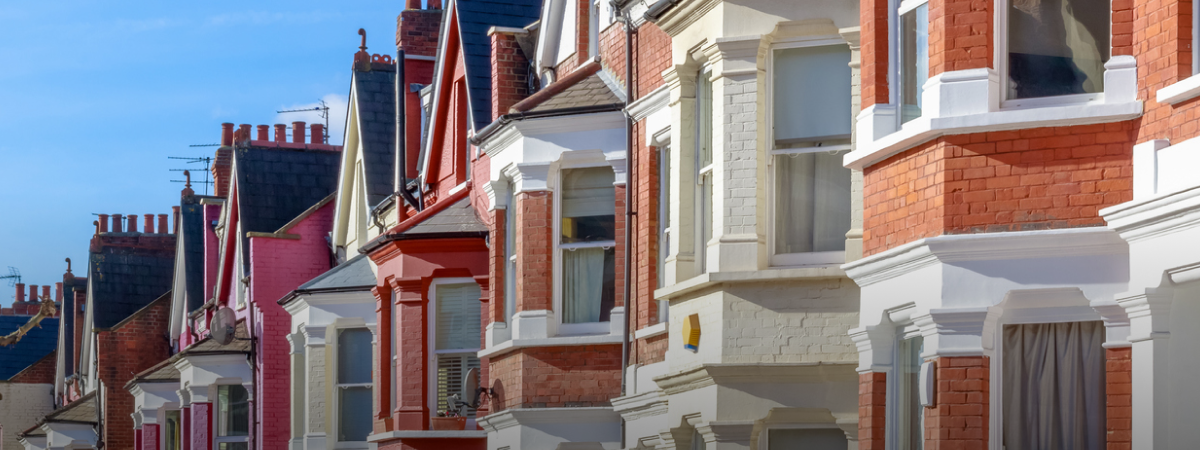
A quick guide to Stamp Duty Land Tax (SDLT) in the UK
If you’re considering purchasing a property or land in the UK, you’ve probably come across the Stamp Duty Land Tax (SDLT).
What is the Stamp Duty Land Tax? How much SDLT is payable? And how do you pay it?
Our brief guide to Stamp Duty Land Tax tells you everything you need to know.
A Quick Overview
Introduced in the 1600s, stamp duty was a tax originally applied to a variety of items including clothing and medicines. Since the 1950s, it has applied to the purchase of land and properties in England or Northern Ireland over a certain threshold.
The tax is paid to Her Majesty’s Revenue and Customs (HMRC). And the amount of tax charged depends on the property, date of purchase and buyer’s circumstances. For example, first-time buyers are entitled to a discount. Meanwhile, those who are buying an additional property (e.g. a second home) will have to pay an extra 5% in Stamp Duty on top of the standard rates.
If you are buying a property in Scotland, you will pay Land and Buildings Transaction Tax (LBTT) instead of Stamp Duty. And if you are purchasing property in Wales, you will pay Land Transaction Tax (LTT).
How much Stamp Duty is payable?
As of 1st October 2021, Stamp Duty is charged on residential properties costing over £125,000. For first-time buyers, it is charged on homes costing over £300,000. A discount is also applied on homes costing up to £500,000.
If you’re buying your second home, you’ll have to pay an extra 5% on properties costing between £40,000 and £250,000. For properties costing between £250,001 and £925,000, a 10% tax applies.
Stamp Duty applies whether you are buying a freehold property, new or existing leasehold or property through a shared ownership scheme. It also applies if you take on a mortgage or buy a share in a house.
How and when to pay Stamp Duty
Stamp Duty must be paid within 14 days of completion. To pay, you must send an SDLT return to HMRC.
If you have a solicitor, agent or conveyancer, they will usually arrange your return and pay the tax on your behalf on the day of completion. They will then charge you this tax as part of their fees. They will also organise and claim any relief and discounts you’re eligible for.
If you’re organising your Stamp Duty yourself, you can file your return here and pay your tax here.
______________
Need to send money? TransferGo can help! Sign up now for simple, online money transfers.
Popular articles
Invite friends to TransferGo, earn £20









